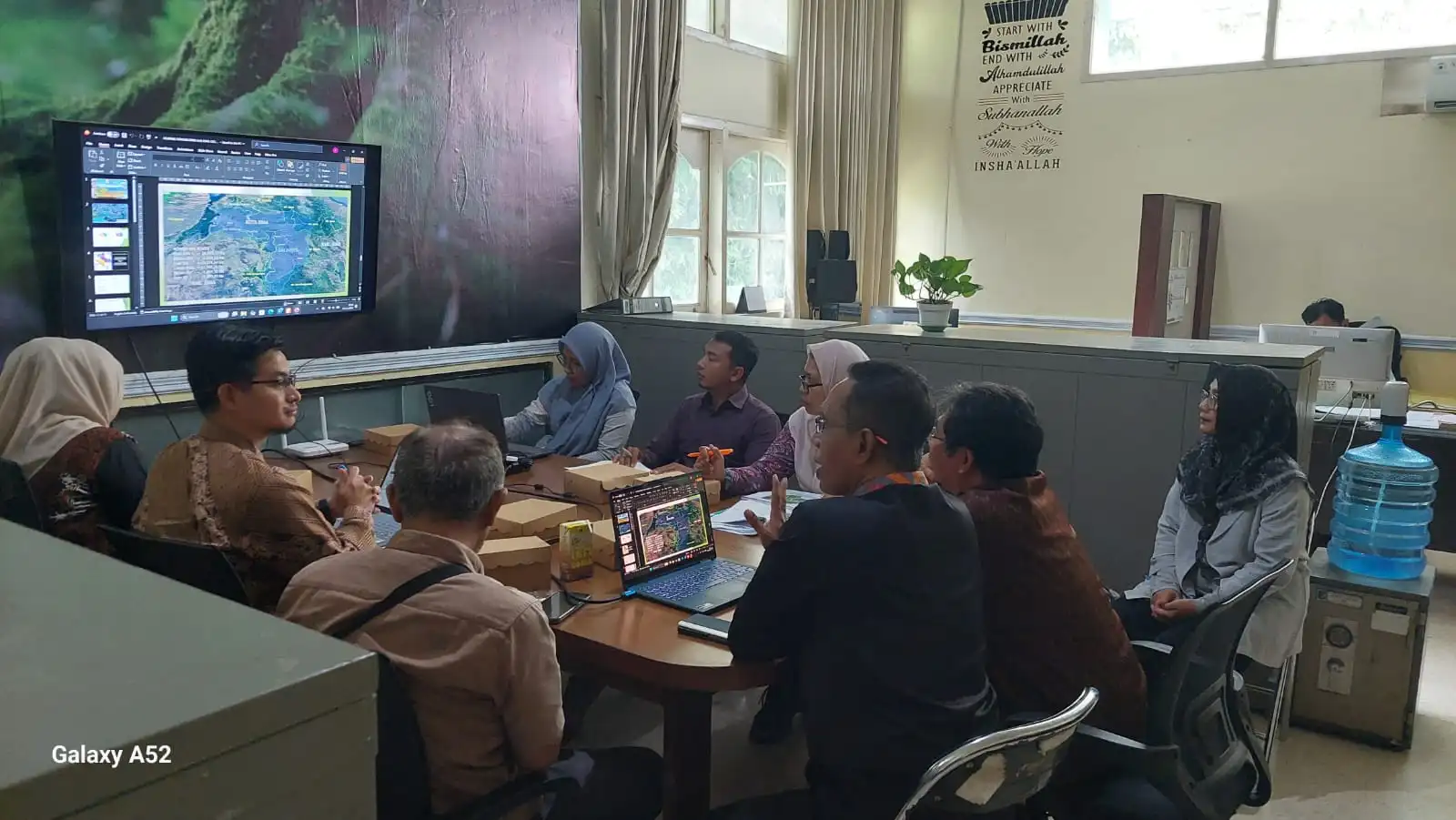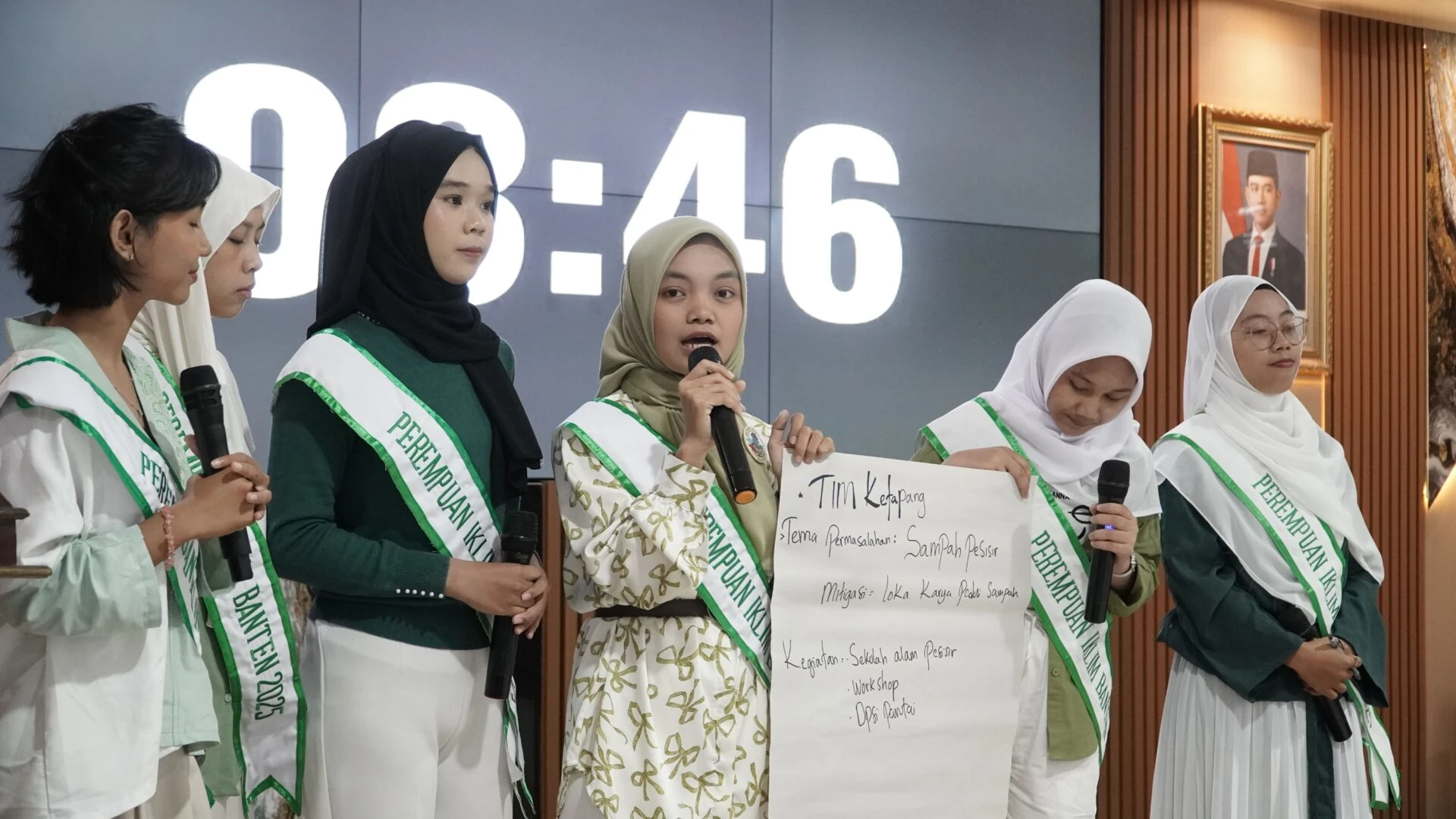By: Ardhi Maulana Fajrin*
Participation of Village Citizen
 Do you know if there is a village government in Selayar Island establishes water springs build unilateral diversion from community management to Municipality Water Company (PDAM)? How could it be? What happened to village society if PDAM as state own-enterprises (BUMN) give the authority to manage? Of course, societies have to pay their water needed.
Do you know if there is a village government in Selayar Island establishes water springs build unilateral diversion from community management to Municipality Water Company (PDAM)? How could it be? What happened to village society if PDAM as state own-enterprises (BUMN) give the authority to manage? Of course, societies have to pay their water needed.
And do you know about the success of the Head of Arungkeke Village, Jeneponto District South Sulawesi to improve community participation that often ignored in Regional Development Planning Forums (musrenbang)? He successfully completed his task with non-governmental organization (NGO) through reciprocal approach (connecting the society with the Government with NGO as facilitator). Could it be achieve if society just keep silent?
A good or bad village would still be in the circle of society responsibility as managers of village citizen. Public indifference can lead to harmful monopolies like in Selayar Island. On the other hand, active citizen are able to create participatory governance and democratic. The publication of the Village act is clearly give village authority to village citizen. Are we still hesitating to participate?
Villagers
Etymologically, citizen derived from Arabic syaraka, which means participating. Meanwhile, according to Soekanto (2003) citizen is a set of human society who established a group, live together, and help each other in a relations or interactions. In village context, citizen is a set of human who lives in the village and interacts appropriately in a culture.[1]
In Law Village article number 68 mentioned that the village citizen have a number of rights, namely the right to ask and receive information, obtain service, express their aspirations, pick and choose, and get shelter and protection from interference peace and order[2]. On the other side of the village community also has an obligation to actively participate and support activities in the village.
The passage of Village law has become starting point from the rise of village citizen participation in development. Now, the citizens have “responsibility” as regulated in village law to participate in the successful of developing their residences.
Activation of Village Citizen Participation
According to Koentjaraningrat, village citizen participation in development has 2 difference principals, namely:1) participation in activities together with particular development projects; 2) participation as individual out of joint activities in development. In each village development activities, citizen always take a role to participate either on a group or individual, as a planner or executor, or supporting only[3]. Of course, in every role there must be consequences to be paid.
The passage of Village law has become starting point from the rise of village citizen participation in development. Now, the citizens have “responsibility” as regulated in village law to participate in the successful of developing their residences. According to Moeljarto, there are several important reasons in development, namely:
- People are the central focus and final destination of development; participation is a logical result of the argument.
- Participation raises self-esteem and personal ability to be able to participate in important decisions concerning the community.
- Participation creates a feedback loop of information flow of attitudes, aspirations, needs and local conditions without existence will not be revealed. This information flow is unavoidable for the success of development.
- Development implemented better by starting where people are and what they have
- Participation expands the reception area development projects.
- Participation will extend the reach of government services to the entire community.
- Participation sustains the development.
- Participation provides an environment that is conducive to both the actualization of human potential and human growth.
- Participation is an effective way to build community capacity management development program to meet the unique needs of the region.
- Participation is seen as a reflection of the democratic rights of individuals to be involved in their own development.[4]
The view above shows that citizen participation has the potential to influence and determine the development. Village citizen can function as executor, supervisor, supporters and observers in a program. All these functions need to be based on the strong commitment of each individual.
One of the planning models that can be used as a public participation forum is participatory planning. Participatory planning is a planning process that is done by people consciously to achieve a goal or solve problems[5]. The decision-maker is citizen / stakeholders, and may be assisted by the experts. This planning model will be more democratic and able to foster a sense of belonging to a drawn up planning. The discussion on the village plan was decided in the meetings conducted at least once a year.
*The Author is Architectural and Planning Engineering student, Gadjah Mada University who finished internship in PATTIRO.




